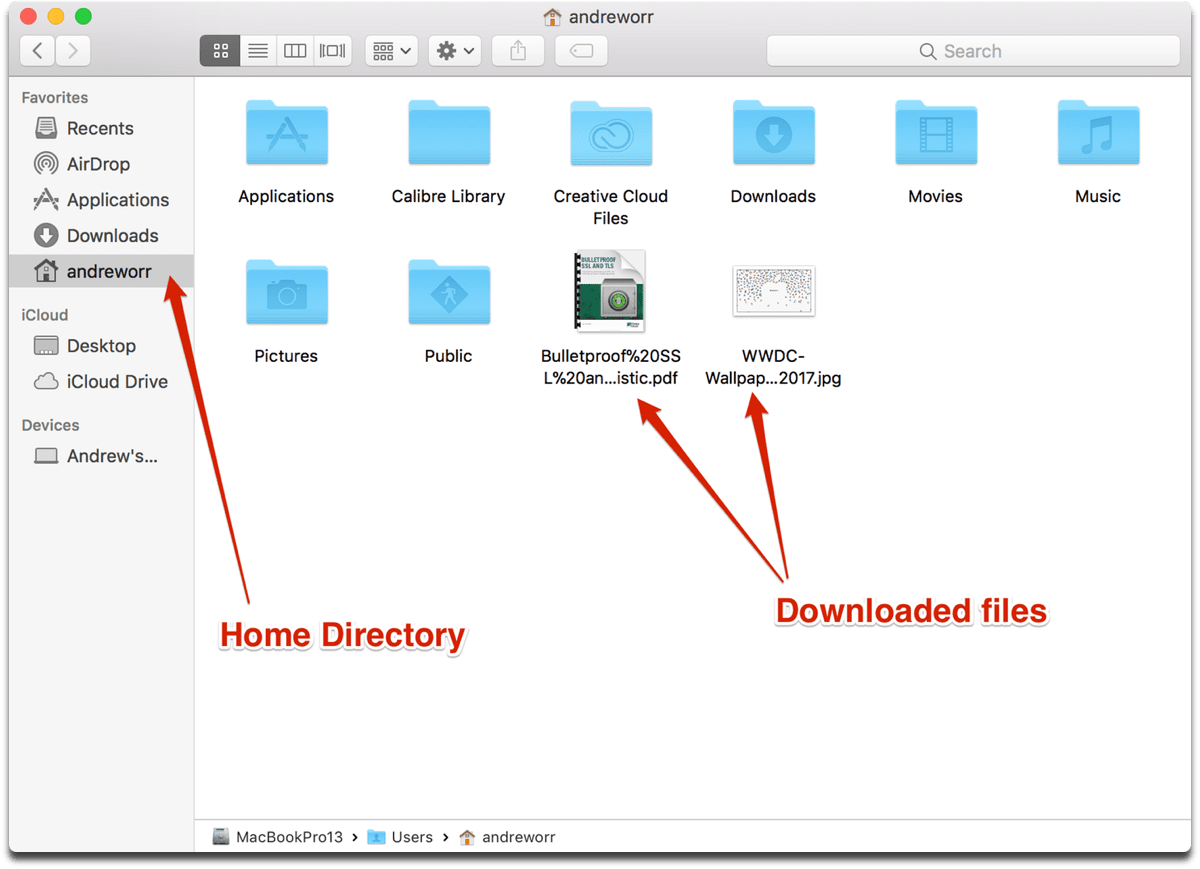

What if you’re buried deep in the file system within the Terminal, and need to open that deep path in the Finder? Immediately accessing the present working directory in a new Finder window is quickly achieved by typing the following command string in the Terminal: Opening the User Home Directory can be achieved as follows: Opening the Root directory in Finder is simple too: The general syntax to use for this is as follows:įor example, if you want to open the folder which contains the aforementioned Finder application (which would then allow you to open it with a double-click), you can use the following command syntax: How to Open Finder Windows from Terminal in Mac OS This means you can jump to directories and open literally any Mac Finder window directly from the terminal by using a simple command string based upon the ‘open’ command. The “.” (period) has long been a UNIX reference to the present working directory (PWD, sometimes called Current Working Directory or CWD), and it changes according to where the terminal is located. Open /System/Library/Application\ Support/iTunes/Defaults/Preferences/ This can make for a great way to leap to deeply embedded system directories thanks to tab-completion: You can also specify directories to open from the terminal into the Finder, like so: Using ‘open’ from the command line to jump to the Current Folder (PWD) in the Finder was discussed here specifically.įor instance, if you have just launched Terminal which defaults to the users home folder, typing that in the command line will immediately open your home directory, but you can be anywhere and it works the same. Note that Open can also be used to launch applications and perform other tasks. First, we click the Apple icon in the upper left corner and select System Preferences. This provides the ‘open’ command the ability to relaunch applications that are system specific, like any other app. To do that, simply enter the following command string into the terminal: Staying on the “Finder” topic, the Finder application can be launched like another app if it has crashed or is quit for some reason. Open /System/Library/CoreServices/Finder.appĪgain, this can used for any other application throughout OS X, just be sure to point it at the app. Open /Applications/Sample.app/Contents/MacOS/Sample If it’s not working to launch the app in question, sometimes you may need to point the open string at the applications binary contained within the. at any directory, the finder opened always start at user home directory. The precise location of the application binary may vary per individual application, when in doubt look within the “name.app/Contents/” directories to find it. macos - open cmd always start finder at user home in mac terminal - Stack Overflow open cmd always start finder at user home in mac terminal Ask Question Asked today Modified today Viewed 2 times 0 Help my terminal is broken when i use cmd open.
#Macos open terminal in folder zip file
Terminal will then spit out a few lines of code indicating that your zip file has been unzipped and the files within the folder should now be available on your desktop.The next logical question may be how to do this in reverse that is, how to open a new Terminal.app window set to the present directory as viewed in Finder. Joshuas-MacBook-Pro-2:desktop joshuaerickson$ unzip test.zip Lets take a look for some simple examples. This means to Change Directory to Desktop. We can use open command to open any thing you want in terminal, no matter it is a folder, file or url. Joshuas-MacBook-Pro-2:~ joshuaerickson$ cd desktop Last login: Wed Jan 28 13:47:29 on console When you have terminal open, type in the following commands.

:max_bytes(150000):strip_icc()/002_view-hidden-mac-folders-using-terminal-2260776-5c2ea73546e0fb0001415cda.jpg)
You can also search for Terminal in your Mac's Launchpad. You can search for Terminal in your Mac by clicking on the magnifying glass icon in the upper right corner or locate it in the Utilities folder, which is in the Applications folder. zip file to the desktop, it will make it easier to find your. To open Spotlight, you can use the default keyboard shortcut Command () - Spacebar. Windows/PC users: Try WinRAR should a workaround be needed to unzip a folder! Step 1 - Move. Open the Terminal using Spotlight One of the fastest ways to open the Terminal app is by searching it via Spotlight. You can also access it by searching for Terminal using OSX's search function, located in the top right part of the screen within the Finder or by using the search function in the upper center of the screen from your launchpad. Terminal is located in the Utilities folder, within the Applications folder on your Mac. In contrast to the mostly graphical nature of the user experience of OS X, terminal provides a command lined interface that connects to the operating system. Terminal is an application that provides provides text-based access to the operating system.


 0 kommentar(er)
0 kommentar(er)
